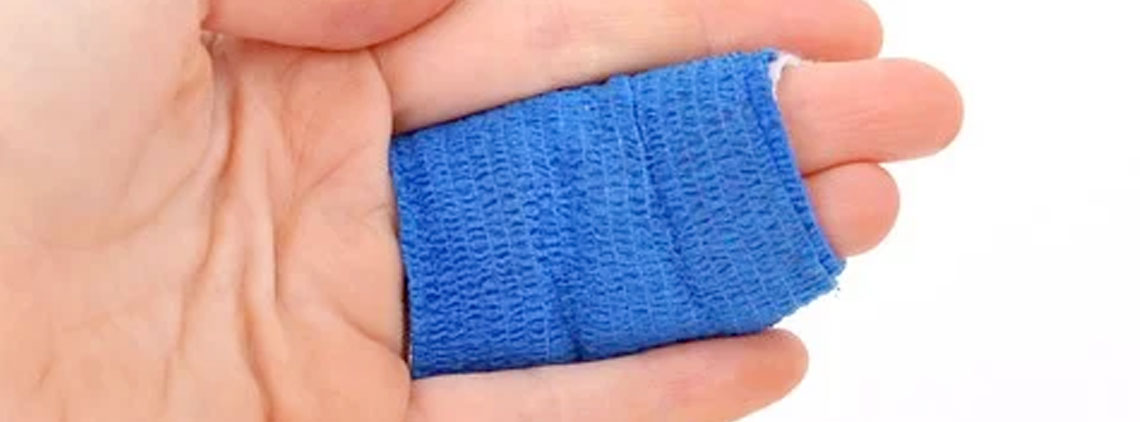
Trigger Finger Surgery
Overview
If you have a trigger finger you may be experiencing pain, stiffness, and/or a sensation of catching when you bend and straighten your finger. Many patients experience this condition in their thumb (known as trigger thumb) and ring finger, however occasionally trigger finger can occur in other fingers as well. You may also have a lump at the base of your finger on the palm side of your hand which is tender. While the cause of this condition is unknown there are several conditions correlated with Trigger Finger. First, patients who have medical conditions like diabetes or rheumatoid arthritis are the first condition. Secondly, patients who do forceful finger and thumb activities.
How to Prepare for Trigger Finger Surgery
You won’t be able to eat the day you have surgery. You should be able to continue drinking water as normal. Just avoid drinking other beverages, like soda, juice, or milk. We may also ask that you quit taking certain medications like aspirin or anti-inflammatory drugs a few days before surgery. Make sure we know what medications you take regularly.
Procedure
This is an outpatient surgery which means after you wake up you are able to return home the same day. Local anesthesia is administered which will numb the area for surgery. We will create a small incision on the palm-size of your hand. The A1 pulley that is blocking the tendon movement is located and then divided (released) so your tendon can glide freely.
Recovery
After surgery, you will wake up and be encouraged to immediately move your finger.
Efficacy
The release of the A1 pulley allows your finger to straighten and your tendon to glide freely.
Complications
Some patients who are unable to straighten their finger before surgery are also unable to do so after.
Outlook
Releasing the A1 pulley shouldn’t cause issues in the future despite their important function in the hand.

